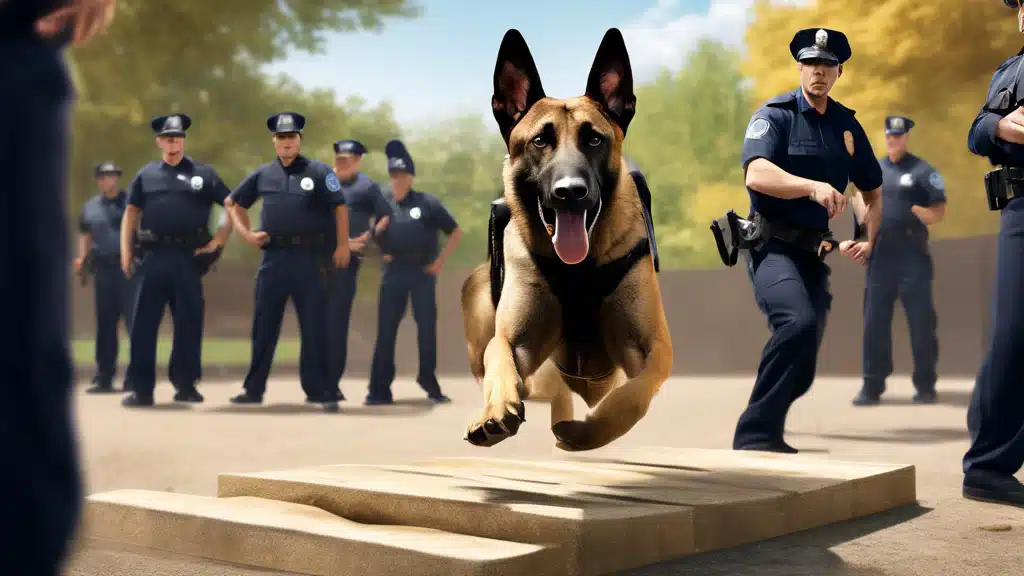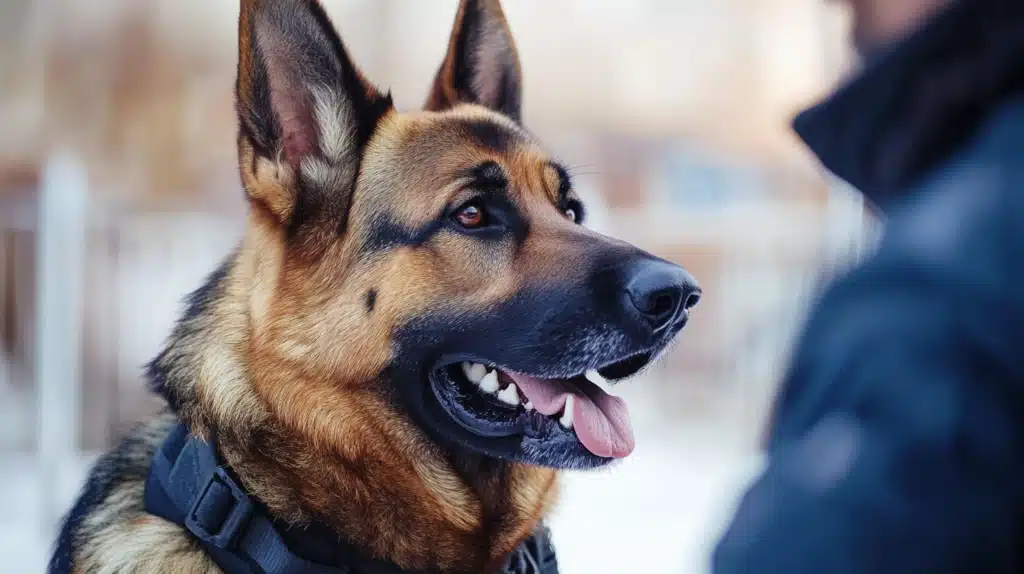When we think of law enforcement, we often picture officers in uniform, patrol cars, and flashing lights. However, some of the most effective crime-fighting partners walk on four legs.
Police dogs, also known as K9 units, play a crucial role in modern law enforcement by detecting drugs, explosives, missing persons, and even criminals on the run. But how do these remarkable animals develop their crime-fighting abilities? In this post, we’ll take a closer look at how police dogs are trained to sniff out crime.
Selecting the Right Breed for the Job
Not all dogs are suitable for police work. Specific breeds, such as German Shepherds, Belgian Malinois, Labrador Retrievers, and Bloodhounds, are commonly chosen due to their intelligence, agility, and strong sense of smell. These breeds also have the stamina required for rigorous training and on-the-field activities.
Once a dog is selected, trainers evaluate its temperament, drive, and ability to focus. Dogs that display high energy, curiosity, and a strong work ethic are prime candidates for specialized training programs.
Early Socialization and Basic Training

From a young age, police dogs undergo socialization training to familiarize them with different environments, loud noises, crowds, and other distractions. This helps them remain calm and focused in high-pressure situations.
Basic police dog training follows, where the dogs learn fundamental commands such as:
- Sit
- Stay
- Heel
- Come
- Attack (only on command)
- Release (letting go of an item or suspect when instructed)
This obedience training ensures the dog is well-disciplined and responsive to its handler at all times.
Scent Detection Training
The most impressive ability of police dogs is their exceptional sense of smell, which is estimated to be tens of thousands of times more sensitive than a human’s. Their noses can detect even the faintest traces of scents, making them invaluable for tracking and detection work.
Training Process for Scent Detection
Police dogs are trained to associate a specific scent with a reward. This is done using the following steps:
- Introducing the Target Scent: The dog is exposed to the scent it needs to detect, such as narcotics, explosives, or human remains.
- Positive Reinforcement: Whenever the dog identifies the correct scent, it is rewarded with a treat, toy, or praise.
- Increasing Difficulty: The dog learns to locate the scent in various environments, including vehicles, buildings, and open fields.
- Alert Training: The dog is taught to alert its handler when it finds the target. Some dogs sit or lie down quietly, while others bark or scratch at the source of the scent.
Over time, the dog becomes adept at distinguishing between different smells and locating hidden substances with remarkable accuracy.
Tracking and Pursuit Training
Police dogs are also trained to track and pursue suspects. Bloodhounds, for example, are exceptional at following human scent trails over long distances. During training:
- A person lays a scent trail using clothing or other personal items.
- The dog follows the scent and is rewarded upon successful tracking.
- The difficulty level is increased by adding obstacles, distractions, or multiple scent trails.
For apprehending suspects, dogs are trained to bite and hold onto a person’s arm or leg until their handler gives the release command. This minimizes the risk of the suspect escaping while preventing unnecessary injury.
Real-World Applications
Police dogs assist in various types of law enforcement operations, including:
- Drug and Explosive Detection: K9 units sniff out hidden narcotics, firearms, and explosives in airports, border checkpoints, and crime scenes.
- Search and Rescue: Trained dogs locate missing persons in disaster zones, forests, and collapsed buildings.
- Criminal Apprehension: K9s assist officers in chasing and detaining suspects.
- Evidence Detection: Some dogs are trained to detect traces of accelerants in arson investigations or locate forensic evidence.
Final Certification and Continuous Training
Before being deployed, police dogs must pass certification tests that evaluate their detection and tracking skills under real-life conditions. Handlers also undergo extensive training to understand how to work effectively with their K9 partners.
Training doesn’t stop once a dog is certified—ongoing practice is essential to maintain and improve their skills. Regular drills, refresher courses, and real-life exercises ensure that police dogs stay sharp and prepared for any mission.
Conclusion
Police dogs are more than just loyal companions; they are highly skilled professionals who help keep our communities safe. Through rigorous training, discipline, and strong bonds with their handlers, these K9 units become invaluable assets in the fight against crime. Whether they’re detecting drugs, tracking suspects, or searching for missing persons, their incredible sense of smell and unwavering dedication make them some of law enforcement’s most trusted partners.















